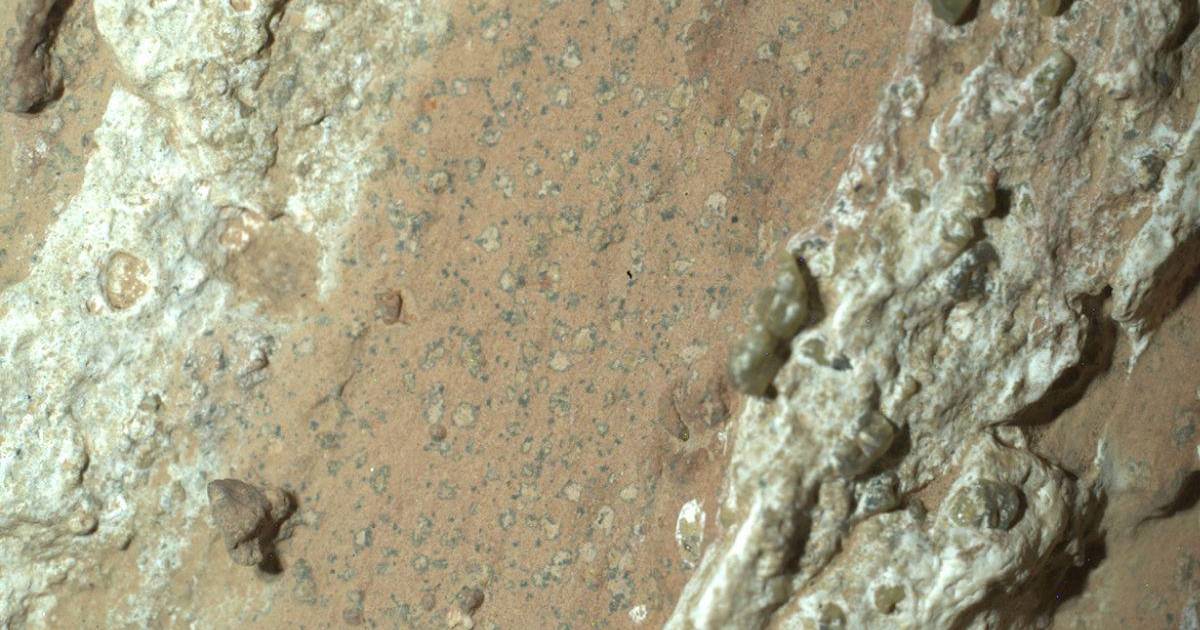NASA’s James Webb Space Telescope has produced the sharpest, deepest infrared image of the distant universe to date. The Web’s first deep-field galaxy cluster is SMACS 0723, and it’s packed with thousands of galaxies, including faint objects never before seen in the infrared.
Webb’s image covers a small part of the vast universe, which to an observer from the ground would appear the size of a grain of sand at arm’s length. The combined mass of this galaxy cluster acts as a gravitational lens, magnifying distant galaxies, some of which formed when the universe was less than a billion years old. This deep field, taken by Webb’s Near Infrared Camera (NIRCam), is made up of images at different wavelengths, totaling 12.5 hours of exposure—it took weeks to reach depths in infrared wavelengths beyond the deep fields of the Hubble Space Telescope. . And this is only the beginning. Researchers will follow the web and take long exposures, revealing our vast universe.
This image shows the galaxy cluster SMACS 0723 as it looked 4.6 billion years ago, with several other galaxies before and after the cluster. As researchers begin digging into web data, more information about this cluster emerges. The field was imaged by the Mid-Infrared Instrument (MIRI), which observes light in the mid-infrared.
Webb’s NIRCam has brought distant galaxies into sharp focus: they contain small, faint structures never seen before, including star clusters and diffuse features.
It took billions of years for the light from these galaxies to reach us. Looking at the youngest galaxies in this field, we look back less than a billion years after the Big Bang. The light was extended by the expanding universe to infrared wavelengths that the web was designed to monitor. The scientific community will soon begin to learn more about the mass, age, history, and composition of these galaxies.
Other features include the major curves of this field. A galaxy cluster’s powerful gravitational field can bend light rays from distant galaxies behind it, like a magnifying glass bending and distorting images. Stars are captured with better diffraction peaks, while appearing brighter at shorter wavelengths.
The image, taken by Webb’s MIRI instrument, provides a kaleidoscope of colors and highlights the locations of dust, a key ingredient for star formation and, ultimately, life. Blue galaxies have stars but very little dust. Red objects in this field are covered by thick dust layers. Green galaxies are rich in hydrocarbons and other chemical compounds. Researchers can use data like this to understand how galaxies form, grow and merge, and sometimes why they stop producing stars altogether.
In addition to taking images, Webb’s two instruments obtained spectra, data that reveal the physical and chemical properties of objects and help researchers discover more details about distant galaxies in the field. The Near-Infrared Spectrograph (NIRSpec) microshutter array observed 48 individual galaxies simultaneously—a new technology used for the first time in space—and returned a full set of details about each one. The data revealed light from a galaxy that traveled 13.1 billion years before Webb’s glasses picked it up. The NIRSpec data also show how detailed the galaxies’ spectra are with Webb’s observations.
Finally, the Near-Infrared Imager and Slitless Spectrograph (NIRISS) used its wide-field slitless spectrum to simultaneously capture the spectra of all objects in the entire field of view. The results show that one of the galaxies has a mirror image or mirror image.
SMACS 0723 can be seen in the Southern Hemisphere sky near the constellation Volans, the Flying Fish.
The James Webb Space Telescope is the world’s premier space science laboratory. Webb will solve the mysteries of our solar system, look beyond the distant worlds around other stars, and explore the mysterious structures and origins of our universe and our place in it. Webb is an international project led by NASA along with the European Space Agency and the Canadian Space Agency.
NASA Headquarters oversees the mission for the agency’s Science Operations Directorate. NASA’s Goddard Space Flight Center in Greenbelt, Maryland manages the web for the agency and oversees the work of the Space Telescope Science Institute, Northrop Grumman and other mission partners. In addition to the Goddard Center, several NASA centers contributed to the project, including the agency’s Johnson Space Center in Houston, the Jet Propulsion Laboratory in Southern California, the Marshall Space Flight Center in Huntsville, Alabama, and the Ames Research Center in Silicon Valley. , California, among others.
NIRCam was developed by a team from the University of Arizona and the Lockheed Martin Advanced Technology Center.
MIRI was funded by the European Space Agency and NASA, and its instrument was designed and built in collaboration with the Jet Propulsion Laboratory of nationally funded European institutions (the European MIRI Consortium) and the University of Arizona.
NIRIS is sponsored by the Canadian Space Agency. The instrument was designed and built by Honeywell in collaboration with the University of Montreal and the National Research Council of Canada.
NIRSpec was developed for the European Space Agency by a consortium of European companies led by Airbus Defense and Space (ATS), with the Goddard Space Flight Center providing its detector and microshutter subsystems.
For a complete set of early web images and spectra, including downloadable files, please visit:
https://webbtelescope.org/news/first-images
Credits: NASA, ESA, CSA and STScI.
Read this story in Spanish.



:max_bytes(150000):strip_icc()/WilliamLevy-9d1412ad3c01443498e58ed956f6242c.jpg)

